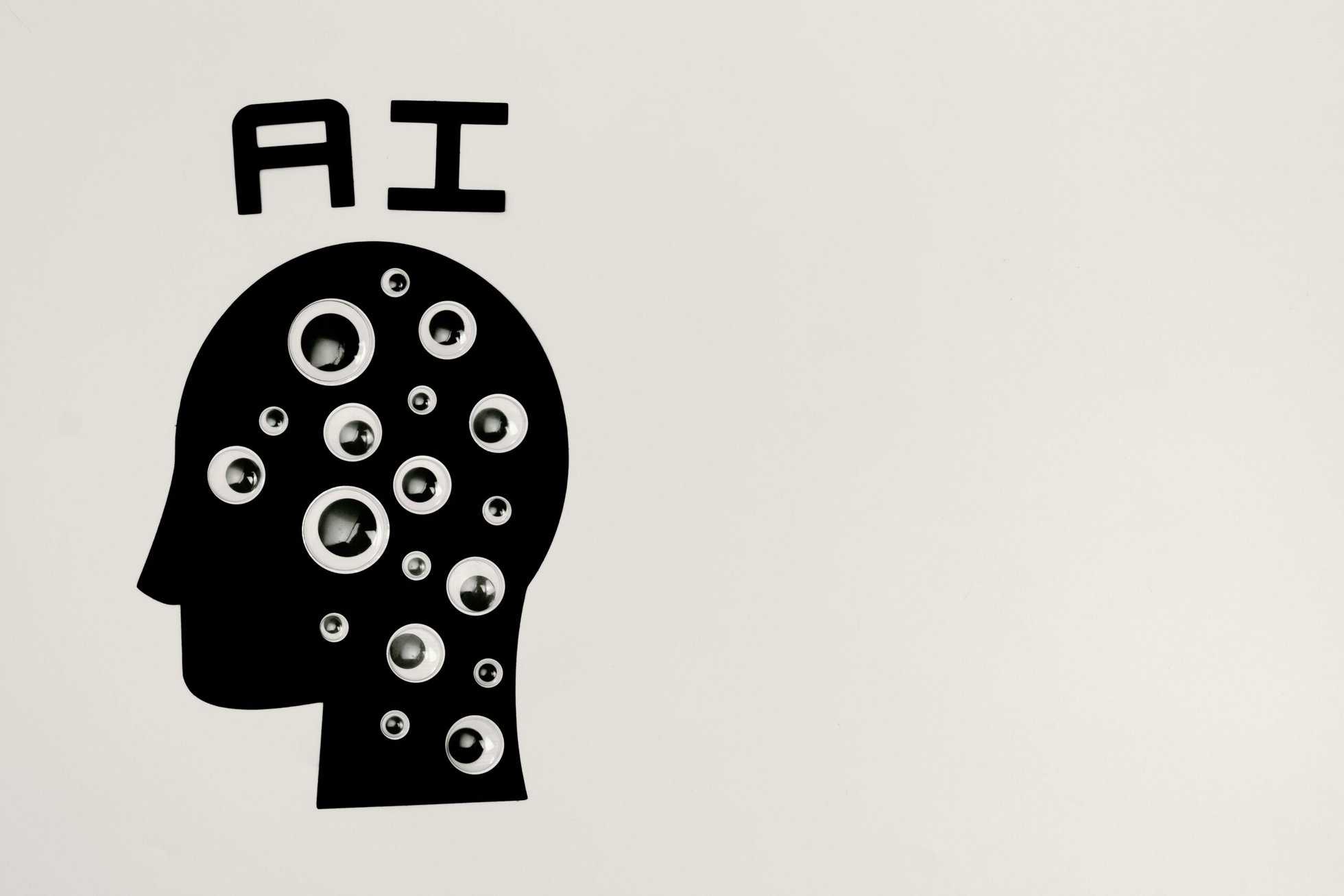AI in the spotlight
Human translators deliver exceptional translations. How does AI fare when it comes up against a professional translator? Can AI deliver the same quality?

It’s fair to say that Artificial Intelligence (AI) and tools like ChatGPT have taken the world by storm in recent times and can be used for all sorts of useful purposes.
So what about their use in translation? Can you just run a text through an AI tool to get a perfect translation?
Take a look at the examples below to see where AI can be useful in translation and where it has its limitations. It’s Artificial Intelligence (AI) vs Andrew Leigh (AL)…
Examples
Example 1 – General text
| French | AI translation | AL Translation |
| Signer l’acte de vente, en payer le prix ci-dessus stipulé. | Sign the deed of sale and pay the price stipulated above. | Sign the contract of sale (acte de vente) and pay the price indicated above. |
The AI translation conveys the overall meaning and uses generally appropriate terminology. Great if you want to know the gist.
The human translation is not too different but, to assist the client in their understanding of the documents involved in the property buying process in France, the French term acte de vente is retained in the English translation. So the human translation is more tailored to the client’s individual needs and provides added value.
Example 2 – Title of a legal document
| Italian | AI translation | AL Translation |
| Ricorso per Decreto Ingiuntivo | Appeal for Injunction | Application for an Order for Payment |
The AI translation cannot distinguish between the various meanings of the Italian word “ricorso”, which can be “claim”, “petition”, “appeal” or “application” depending on the context. So it guesses, in this case wrongly. The same applies to “decreto ingiuntivo”.
In contrast, as a human translator, I know that I have to choose the correct meaning looking at the whole context and leveraging my knowledge of the subject matter.
Example 3 – Extract from a legal document
| Italian | AI translation | AL Translation |
| Abierto el juicio oral, el Ministerio Fiscal en sus conclusiones provisionales interesó la condena del acusado como autor de un delito de LESIONES, del art. 147.1o, del C.P a la pena de 1 año y 6 meses de prisión, con la accesoria de inhabilitación especial para el derecho de sufragio pasivo durante el tiempo de la condena y el abono de las costas del proceso | After the oral trial was opened, the Public Prosecutor, in their provisional conclusions, requested the conviction of the accused as the perpetrator of a crime of INJURIES, under article 147.10 of the Criminal Code, to a sentence of 1 year and 6 months of imprisonment, with the accessory penalty of special disqualification from the right to passive suffrage during the time of the sentence, and the payment of the costs of the process | At the oral hearing, the Prosecution, in its pre-trial submissions, asked the Court to find the accused guilty of the offence of CAUSING BODILY HARM under Article 147(1) of the Spanish Criminal Code and to sentence him to 18 months in prison and, additionally, to strip the accused of the right to stand for election to public office throughout the duration of that sentence and to pay the costs of the proceedings |
Here the limitations of AI translation become even more apparent. There are numerous mistakes in the AI Spanish:
- oral trial: suggests that the whole proceedings will be oral, whereas only part of the proceedings is oral, during which evidence is presented before the court.
- provisional conclusions: fails to understand the difference between “conclusions” and “submissions”.
- INJURIES: no appreciation of what actually constitutes the offence covered by Article 147(1) or attempt to find an equivalent under English law.
- 10 : incorrect section of the Criminal Code.
- accessory penalty of special disqualification from the right to passive suffrage: simple word-for-word translation without any understanding of Spanish law or interpretation of meaning.
It is clear from the examples given above that what AI does with these legal texts is simply operate at the word level and try to find a possible translation for each term or group of terms without true appreciation of the context or understanding of the subject matter. Sometimes this works, sometimes it doesn’t.
In contrast, a human translator brings the following to the table:
- in-depth subject knowledge and terminology
- understanding of text nuances
- cultural knowledge
- consideration of client’s house style
- understanding of the purpose of the translation
- understanding of the intended audience and adaptation to that audience
- consistency
So, if you’re wanting a much more accurate translation which is tailored to your needs, the human translation is the better choice.
Besides the accuracy issues, clients should also be concerned with feeding their sensitive data into an online AI tool.
When to use AI vs Human translation?
AI is free and quick. If you need to know the gist of a text and the document is not confidential, then consider AI.
If you need your translations to be fully accurate, that’s when you need a human translator. Asking AI to do this is risky. Consider the possible repercussions of a flawed translation: delays, additional costs, reputational harm, data breaches.
Get in touch via the Contact tab if you want to discuss your translation project with me.
Request a quote
Submit your document online to receive your personalised quotation.